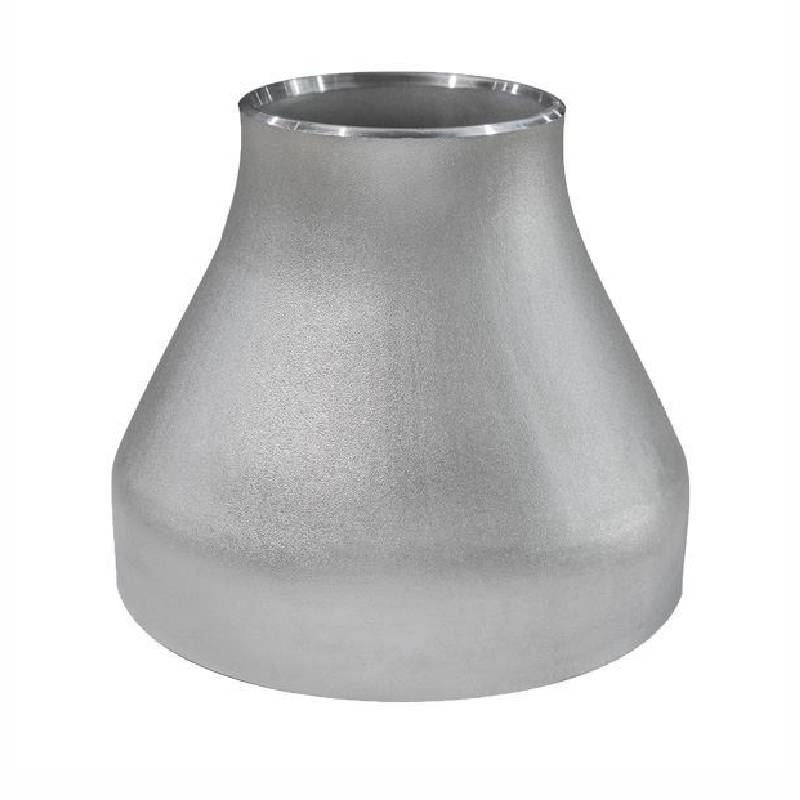-
Cangzhou Yulong Steel Co., Ltd.
-
Phone:
+86 13303177267 -
Email:
admin@ylsteelfittings.com
- English
- Arabic
- Italian
- Spanish
- Portuguese
- German
- kazakh
- Persian
- Greek
- French
- Russian
- Polish
- Thai
- Indonesian
- Vietnamese
- Zulu
- Korean
- Uzbek
- Hindi
- Serbian
- Malay
- Ukrainian
- Gujarati
- Haitian Creole
- hausa
- hawaiian
- Hebrew
- Miao
- Hungarian
- Icelandic
- igbo
- irish
- Japanese
- Javanese
- Kannada
- Khmer
- Rwandese
- Afrikaans
- Albanian
- Amharic
- Armenian
- Azerbaijani
- Basque
- Belarusian
- Bengali
- Bosnian
- Bulgarian
- Catalan
- Cebuano
- China
- China (Taiwan)
- Corsican
- Croatian
- Czech
- Danish
- Esperanto
- Estonian
- Finnish
- Frisian
- Galician
- Georgian
- Kurdish
- Kyrgyz
- Lao
- Latin
- Latvian
- Lithuanian
- Luxembourgish
- Macedonian
- Malgashi
- Malayalam
- Maltese
- Maori
- Marathi
- Mongolian
- Myanmar
- Nepali
- Norwegian
- Norwegian
- Occitan
- Pashto
- Dutch
- Punjabi
- Romanian
- Samoan
- Scottish Gaelic
- Sesotho
- Shona
- Sindhi
- Sinhala
- Slovak
- Slovenian
- Somali
- Sundanese
- Swahili
- Swedish
- Tagalog
- Tajik
- Tamil
- Tatar
- Telugu
- Turkish
- Turkmen
- Urdu
- Uighur
- Welsh
- Bantu
- Yiddish
- Yoruba

Dec . 03, 2024 17:18 Back to list
Different Types of Pipe Welding Techniques and Their Applications
Understanding Different Types of Pipe Welds
Welding is a crucial process in various industries, especially in the fabrication and assembly of piping systems. The integrity, strength, and reliability of welded joints considerably impact the overall performance of these systems. Among the myriad techniques available, the type of welding used is determined by various factors, including the materials involved, the service conditions, and the required strength of the joint. This article provides an overview of the primary types of pipe welds and their applications.
1. Butt Welds
Butt welds are one of the most common types of welding in piping applications. This method involves joining two pieces of pipe end-to-end, creating a seamless joint. Butt welding is widely used due to its ability to create strong and leak-proof connections. In this technique, the pipe edges are prepared and aligned so that they meet at the same plane. Various welding processes can be employed for butt welds, including Shielded Metal Arc Welding (SMAW), Tungsten Inert Gas (TIG), and Gas Metal Arc Welding (GMAW). Butt welds are particularly effective in high-pressure applications, like oil and gas pipelines, because they maintain the cross-sectional area of the pipes, allowing for efficient material flow.
2. Socket Welds
Socket welding is another popular method, commonly used for smaller diameter pipes, typically up to 2 inches. In socket welding, the pipe is inserted into a recessed area of the fitting, creating a joint. The fusion occurs around the outside and inside surfaces of the socket. This type of welding is advantageous in high-pressure systems due to its robust design. Socket welds usually require less preparation compared to butt welds. However, they can be more susceptible to thermal expansion and contraction, which can create stress in high-temperature applications.
3
. Flanged Weldspipe weld types

Flanged welds involve connecting pipes using flanges, which are flat pieces of metal with holes that allow for bolting two sections together. Flanged connections are particularly useful in systems where frequent maintenance is required, as they can be easily disassembled. This type of weld is commonly seen in water supply systems, chemical processing plants, and HVAC systems. The advantage of flanged connectors is that they can accommodate thermal expansion and vibration, making them suitable for dynamic applications. However, flanged joints can be bulkier and may have a higher possibility of leaks compared to welded joints.
4. Sleeve Welds
Sleeve welds involve inserting a sleeve over the joint of two pipes and then welding it in place. This type of weld is typically used in repairing piping systems or when joining pipes of different diameters. Sleeve welds can add strength to an existing joint and are often used in low-pressure applications. One advantage of this method is that it helps to absorb shocks and vibrations, which can enhance the durability of the piping system.
5. Counterbore and Backing Welds
Counterbore and backing welds are mainly used for thicker pipe walls. In counterbore welding, a portion of the pipe's end is machined to create a step that allows the pipe ends to fit into each other. This method provides additional strength and is often used in high-strength applications. Backing welds involve placing a backing bar or strip against the pipe to support the weld pool, which helps control the weld's penetration and eliminates the potential for defects.
Conclusion
Understanding the different types of pipe welds is vital for engineers and fabricators involved in pipeline construction and maintenance. Each method has its unique set of advantages and applications, making it essential to choose the appropriate technique based on the specific requirements of a project. Proper welding practices not only ensure the longevity and reliability of piping systems but also contribute to safety in various industrial applications. As technology advances, the welding industry continues to evolve, providing innovative solutions that enhance productivity and efficiency in pipe welding.
Latest news
-
ANSI 150P SS304 SO FLANGE
NewsFeb.14,2025
-
ASTM A333GR6 STEEL PIPE
NewsJan.20,2025
-
ANSI B16.5 WELDING NECK FLANGE
NewsJan.15,2026
-
ANSI B16.5 SLIP-ON FLANGE
NewsApr.19,2024
-
SABS 1123 FLANGE
NewsJan.15,2025
-
DIN86044 PLATE FLANGE
NewsApr.19,2024
-
DIN2527 BLIND FLANGE
NewsApr.12,2024
-
JIS B2311 Butt-Welding Fittings LR/SR 45°/90° /180°Seamless/Weld
NewsApr.23,2024











